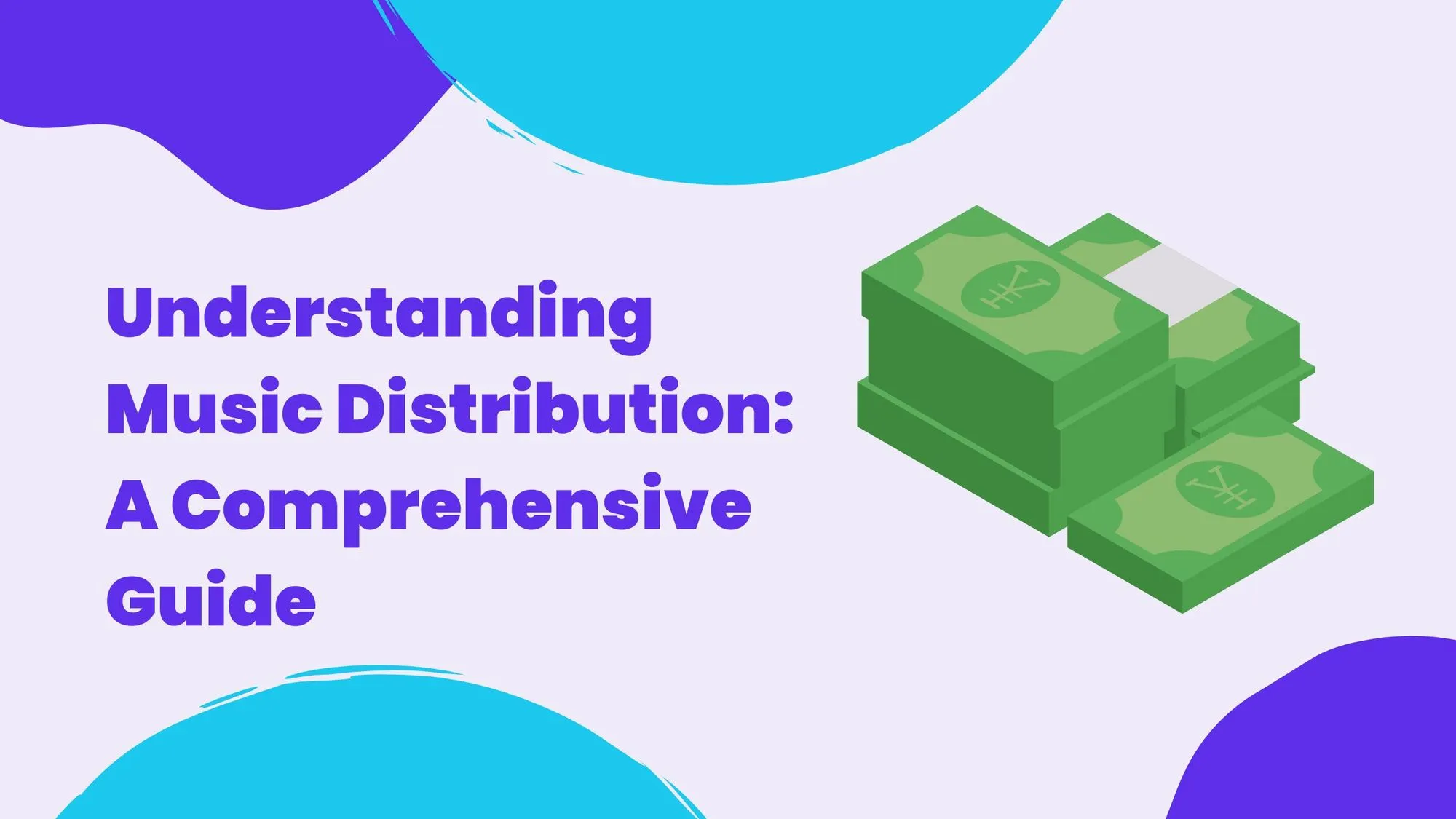
Understanding Music Distribution: A Comprehensive Guide
By Maxence Pepin
03 May, 2024

Written byMaxence Pepin
Maxence is the CEO and founder of Releese Innovations, a leading music tech company based in Canada

03 May, 2024

Maxence is the CEO and founder of Releese Innovations, a leading music tech company based in Canada